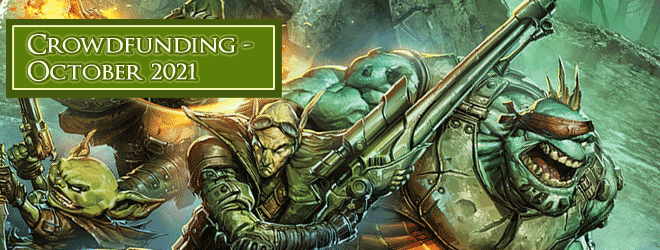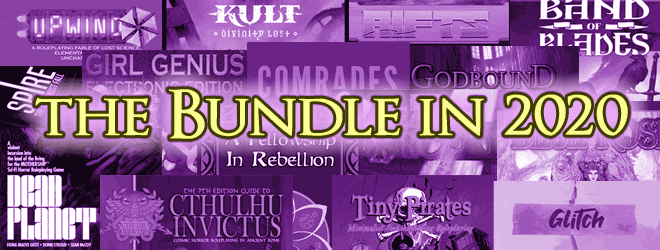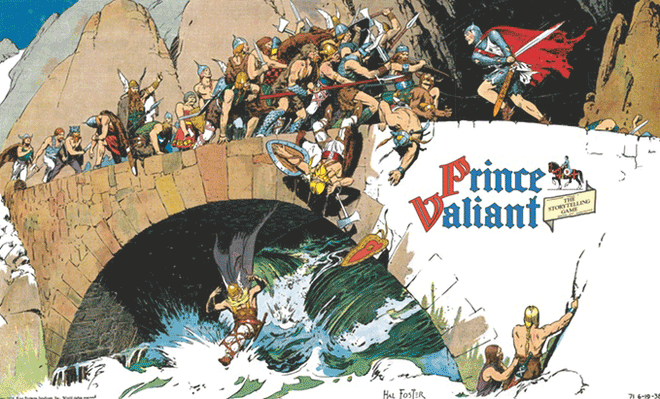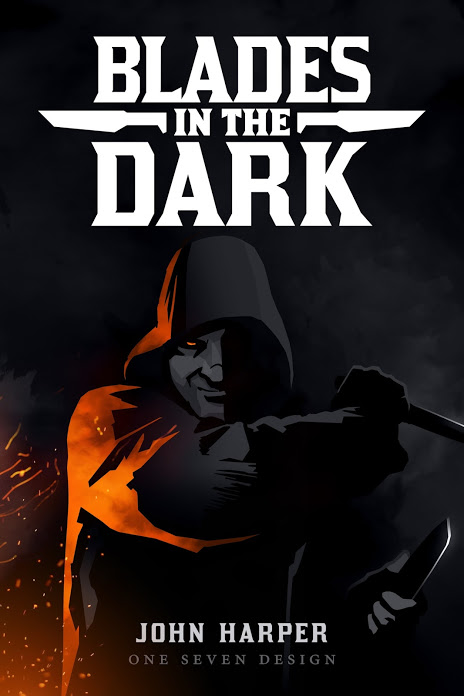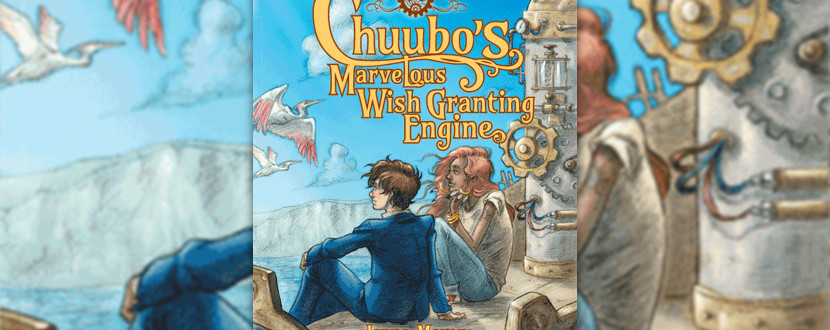It’s not easy being GM. Besides adjudicating the rules and playing all monsters NPCs, you’ve been put in charge of something called a “story.” Problem is, you have almost no control over what the characters in that story decide to do. It’s as if, while shooting Lord of the Rings, actor Elijah Wood could have said to director Peter Jackson, “The party and I have talked it over, and we’re going to recruit some flying eagles to take us to Mount Doom. What do I have to roll?”
Most RPG sourcebooks provide at least some advice for the GM, but for the most part, learning “story” is a process of trial-and-error. In the introduction to Hamlet’s Hit Points by Robert D. Laws (published by Gameplaywright; Buy it on Amazon or Download from DriveThruRPG), we learn why there’s no authoritative guide to storytelling in games: story snuck up on us.
The original Dungeons & Dragons wasn’t meant to have any kind of “story” behind it at all. Characters were supposed to fight monsters, collect treasure, and get stronger, that’s it. But by and by, a stronger sense of narrative crept into games. Players grew attached to their characters, wanted them to have histories and goals, wanted them to do things not because it was the most efficient way to get gold and XP but because that’s what this character would do.
As soon as people realized what was happening, story became a divisive issue in the RPG community. Many people — Gary Gygax included — didn’t believe that “play-acting” belonged in tabletop games at all. Despite this, games were finding new ways to mesh story with mechanics. From the first Call of Cthulhu, which revolved around investigating mysteries and thus required some kind of story, to modern narrativist indie games like Dogs in the Vineyard, designers have been exploring, incorporating, and exploiting story.
But even now, when story in games enjoys a higher status than ever before, we’re still not sure if we’re “doing it right.”
Hamlet’s Hit Points, or structure without “Structure”
In a sense, we’ve barely begun consciously engaging with story in our games, let alone analyzing them. And since RPGs break the barrier between actor and audience, there’s no perfect-fit method of analysis that we can borrow from other media.
One avenue that seemed promising was the “three-act structure” that many screenplays are written around (setup, confrontation, and resolution). A good understanding of structure has helped some game masters learn to write more cohesive homebrews, but as all GMs know, capital-S “Structure” can quickly go off the rails when actual players are involved.
In Hamlet’s Hit Points, Laws gives us another scenario-crafting tool: the “story beat.” What’s a story beat? Story beats are “the basic direction of interaction scenes, including shifts that mark changes of beat within the same scene.” They can be as short as one line of dialogue or take up a whole scene. This perspective puts you more in the shoes of an actor or editor than a screenwriter.
There are two basic beat types: the procedural beat, where the protagonist (or PC) is trying to get something practical accomplished and has to overcome some obstacle; and the dramatic beat, where a character tries to get an emotional concession out of someone else. But there other types too, for instance, expository scenes and comic relief. In total, Laws identifies nine types of beats that hit every note you’d want to strike in a film or game.
Beats generally resolve in one of two directions: hope or fear. It’s the audience’s hope or fear, not the characters’, that we’re talking about here. We hope the sympathetic characters will achieve their aims, and we fear they won’t make it. Successful films and plays alternate resolutions to keep audiences on the edge of their seats. Too long spent on one note, and people will tune out.
From Stage and Screen to Table
In game terms, the players are the audience, and what happens at the table affects their hopes and fears for their characters. By paying attention to beats and their resolutions, a GM can engage players with a strong narrative the way a good movie does. (On the flip side, when players get bored and disengage, it’s probably because all the beats are resolving on the same note.)
To drive the point home, Laws analyzes three works you’ve probably seen before: Hamlet, Dr. No, and Casablanca. Each narrative is broken down into its component beats, along with the author’s reasons for each assignment and musings on “what would this look like in a game?” The idea is to get so used to the system that it feels like second nature.
Laws asks you to try this analysis technique out on a work that you like and respect as the next step to using story beats yourself. And then, once you’re seeing beats and resolutions everywhere, try it out on your recollection of a game you’ve run recently or use it to analyze a published scenario. You’ll recognize the flow of a good story and be able to head off player disengagement before it happens.
Intrigued by the theory, but want to see story beats in action? Check out Laws’ game Hillfolk, which puts all the principles from Hamlet’s Hit Points into play. Use dramatic scenes to explore your characters’ emotional needs, or call a procedural scene to get something your character wants. Hillfolk‘s engine DramaSystem builds those ideas right into its mechanics, meaning the story nearly writes itself — almost.
Whether you’re a game master or player, no matter if you loved or hated Hamlet in high school, Hamlet’s Hit Points will give you a better understanding and appreciation for story in all its forms.
Get Hamlet’s Hit Points from DriveThruRPG or Buy it on Amazon.

